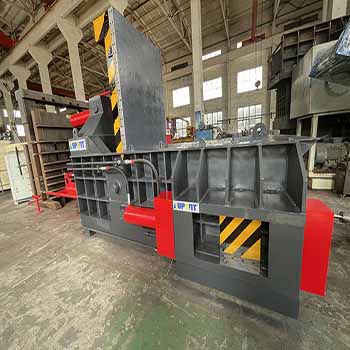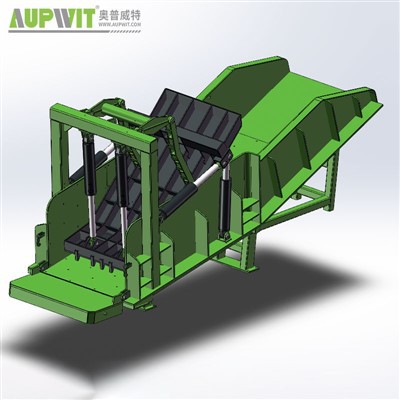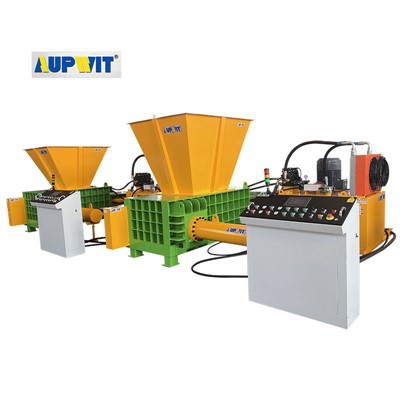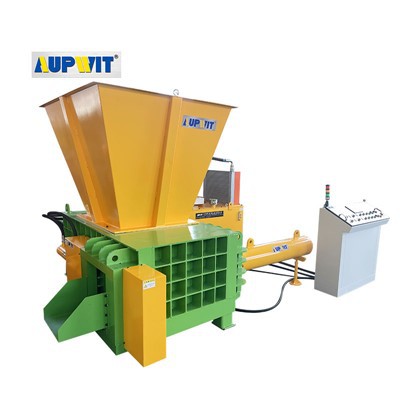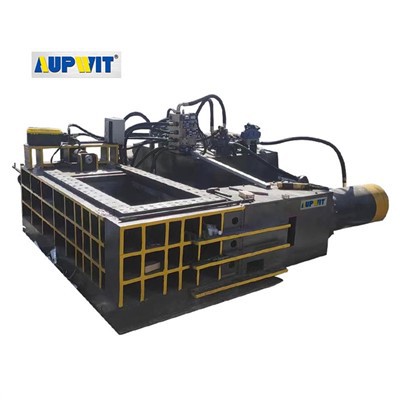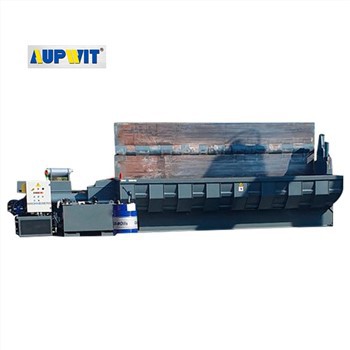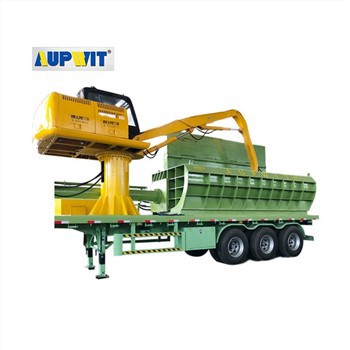Preparation: Prepare in advance a sufficient amount of hydraulic oil that meets the equipment requirements, clean oil drums, funnels, filters, wrenches and other tools, as well as personal protective equipment such as protective gloves and goggles.
Stop and release pressure: Turn off the Metal Baler power supply and wait for the pressure in the hydraulic system to be completely released to avoid operating under pressure, causing oil spray or other safety accidents.
Find the oil drain port: According to the equipment manual, find the oil drain port of the hydraulic system, which is usually located at the bottom of the oil tank. Place an oil drum under the oil drain port to receive the old oil.
Drain the old oil: Use a wrench to unscrew the bolts of the oil port and let the old hydraulic oil slowly flow into the oil drum. Since the hydraulic oil may contain impurities and metal chips, be careful to avoid oil splashing during the discharge process. If the oil discharge speed is too slow, you can gently shake the oil tank or use an oil pump to assist in pumping oil, but pay attention to operating safety.
Clean the oil tank and filter: After the old oil is drained, use a special cleaning agent to clean the inside of the oil tank to remove oil stains, impurities and sediments. At the same time, remove the filter, clean it with a cleaning agent or directly replace the new filter element to ensure that the filter can work normally and prevent impurities from entering the new oil.
Add new oil: After cleaning the oil tank and filter and installing them back, add new hydraulic oil to the oil tank through a funnel with a filter. Pay attention to the oil level when adding, refer to the level gauge on the oil tank, and add the oil level to the normal scale range to avoid the oil level being too high or too low.
Exhaust: After adding new oil, start the Metal Baler and let the hydraulic system run for a period of time under no-load conditions to circulate the hydraulic oil in the system. At the same time, open the exhaust valves of each hydraulic component to exhaust the air in the system until no bubbles emerge.
Check the oil level and system: Check the hydraulic oil level again and replenish it appropriately if necessary. Then check whether there is any leakage in the entire hydraulic system and ensure that all oil pipe joints, seals and other parts are well sealed.
